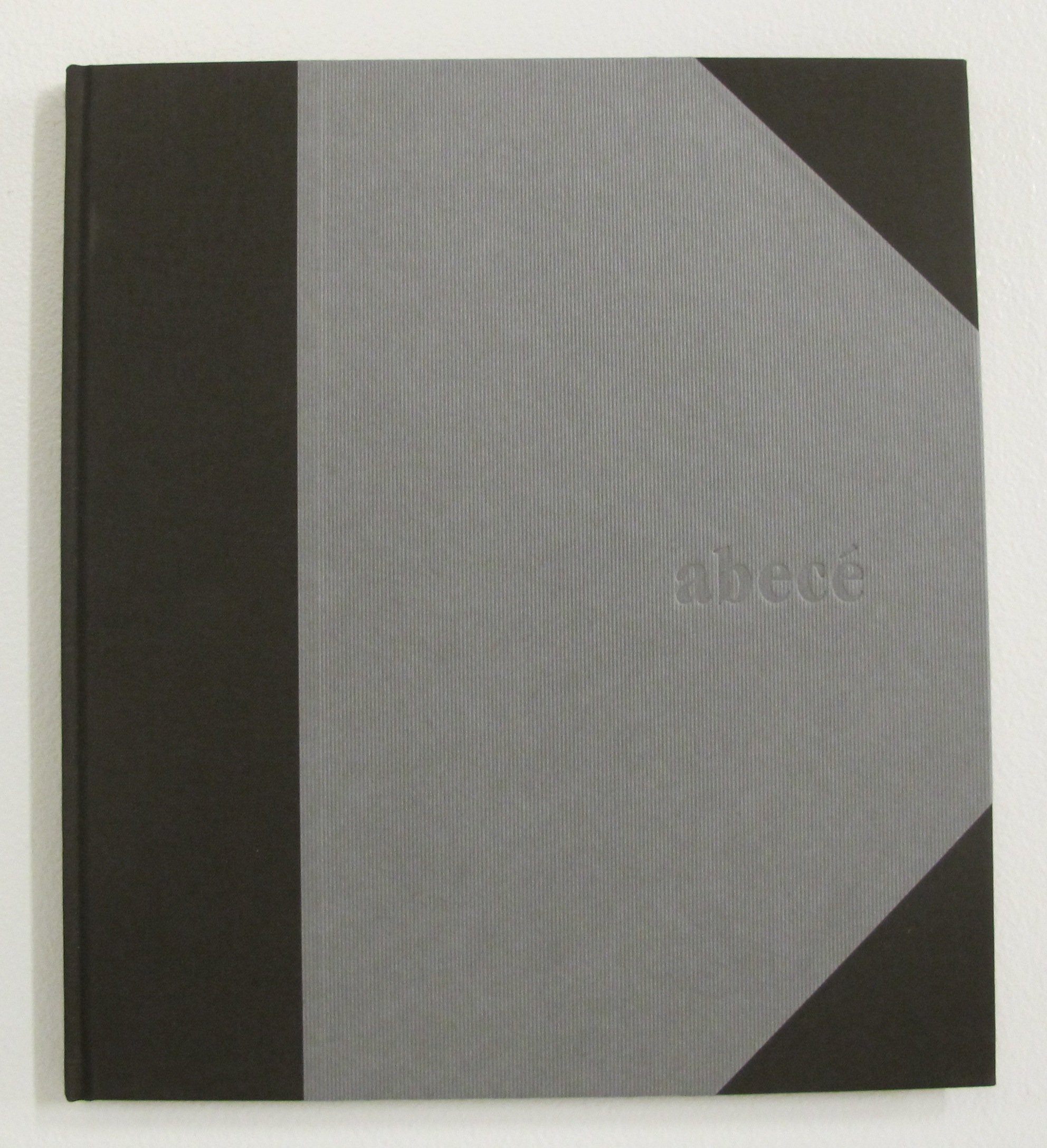Juego de Banderas
2016 - Painting (Painting)
Antonio Caro
Juego de Banderas (a play on words that loosely translates to both set of flags and game of flags) is a triptych of modified Colombian flags by Antonio Caro. Although the yellow, blue and red stripes on the first flag are faithful to the original, the second flag at the center has been modified to feature the word Colombia, emulating the typography and white-on-red design of the iconic Coca-Cola brand. Caro’s first version of this logo was a 1976 graphite drawing, and he has since produced several variations in different materials. Equally relevant now as it was in the 70s, the logo juxtaposes the idea of national identity with the process of intrusion of a foreign commercial emblem and problematizes the growing consumerism brought forth by the economic and cultural americanization experienced in Colombia and all across Latin America. A third flag on the right shows a related but different modification: the yellow stripe that symbolizes gold and the country’s riches and wealth has been rendered in black, and the only yellow remaining is used to spell out the word ‘mineria’ (mining). As per several of his works, Juego de Banderas employs symbolic elements in order to instigate a civic dialogue around issues Caro perceives around him.
One of the founders of the Conceptual Art Movement in Colombia, Antonio Caro’s idea-based works are rooted in the social issues of his country. He began showing work in the late 60s in Bogota and subsequently became an important figure in the global artistic scene, developing in over five decades a distinctive, humorous, and highly idiosyncratic visual language with an emphasis on text and other graphic elements. Some of his best known works appropriate and misuse the typography of iconic international advertising brands—such as Coca-Cola and Marlboro—as means to comment of the social and political conditions of his native Colombia and their relationship to the imperialist and capitalist hierarchies of power that now grip their reality. Although he initially gained notoriety as a conceptual artist, over the years his practice has resisted categorizations, easy commercialization—through his choice of materials such as salt, achiote, cardboard and paper scraps—and has consistently questioned the label of ‘political art’ through his distinctive use of sarcasm, wit, and critical sense of humor.
Colors:
Related works from the » 2010's created around » Bogotá, Colombia

© » KADIST
Johanna Calle
2011Johanna Calle’s Abece “K” (2011) is part of a series of drawings (compiled into an artist book called Abece ) based on the alphabet...

© » KADIST
Nicolás Consuegra
2012A residency program in the blazing hot city of Honda, Colombia, inspired artist Nicolás Consuegra to consider the difficulty in understanding the needs of a distant community...

© » KADIST
Nicolás Paris
2012Nicolas Paris studied architecture and worked as an elementary school teacher before he decided to become an artist...

© » KADIST
Mateo Lopez
2012With Roca Carbón (Charcoal Rock, 2012) and Roca Grafito ( Graphite Rock , 2012), López plays with our relationship to inert and unremarkable objects such as rocks...

© » KADIST
Bernardo Ortiz
2011Casa de la cabeza (2011) is a drawing of the words of the title, which translate literally into English as “house of the head.” Ortiz uses this humorous phrase to engage the idea of living in your head....

© » KADIST
Mateo Lopez
2012With Roca Carbon ( Charcoal Rock , 2012) and Roca Grafito ( Graphite Rock , 2012), López plays with our relationship to inert and unremarkable objects such as rocks...

© » KADIST
Nicolás Consuegra
2014Consuegra’s Colombia is a mirror made in the shape of the artist’s home country—a silhouette that has an important resonance for the artist...


